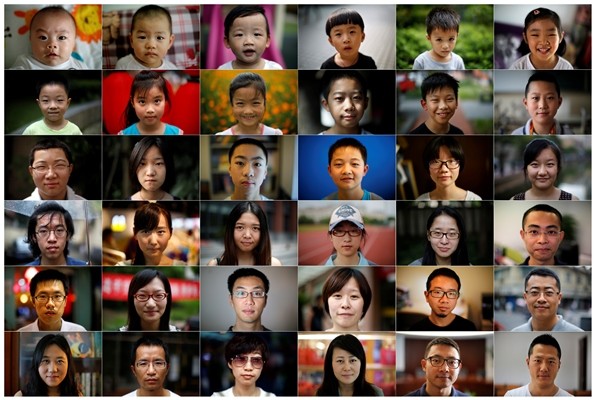A study shows that relaxing China's "one-child policy" is likely to have only little impact on the country's growing aging society and shrinking workforce.
The report from the University of Oxford and Xi'an Jiaotong University explores the effects of the reform in 2013 that allows eligible couples to have a second baby if either parent is an only child.
The reform on population policy would have little effect on the country's long-term demographic trend, the study pointed out. China has only partially lifted its family planning restriction, suggesting that local governments rely on the income from fines imposed on couples who violate the one-child policy known as "social maintenance fees," the Global Times reported.
The number of couples applying for a second child is not as high as expected, Xi'an Jiaotong University associate professor Jiang Quanbao said.
In 2014, there were only 20,000 applicants in East China's Zhejiang Province, which was far less than the expected number of 80,000. In Jiangsu Province, estimates forecast 110,000 to 180,000 applicants, but the first five months of 2014 saw only 30,000 applications, the Modern Express reported. Many other provinces have seen the number of applicants fall far short of expectations, China Business News reported.
Jiang added that many eligible couples may have not applied yet, saying that the current application status reflects the "real fertility intention and behavior" and "overestimated prediction on birth number."
However, many people's desire for a second child, in reality, is tempered by growing living and education costs.
"This might require thinking out of the box with regard to issues like improved education policies, family policy arrangements as well as even things like planning policy and tax policy," co-author Stuart Basten, associate professor at the University of Oxford, reported.
"The government should see very low fertility as a possible symptom of broader issues and possibly problems in society," he added.
If China sees general improvements in the quality of public education, gender equity and the cost of living, the birth rate would naturally increase, he said.
The study shows that UN figures in China's population aged 65 and above are to set increase by 24 percent (331 million) by 2050 from 9 percent (114 million) in 2014.
Further, the working population aged 20-34 is likely to decrease from 25 percent (333 million) of the total population in 2010 to 16 percent (228 million) by 2050.



























